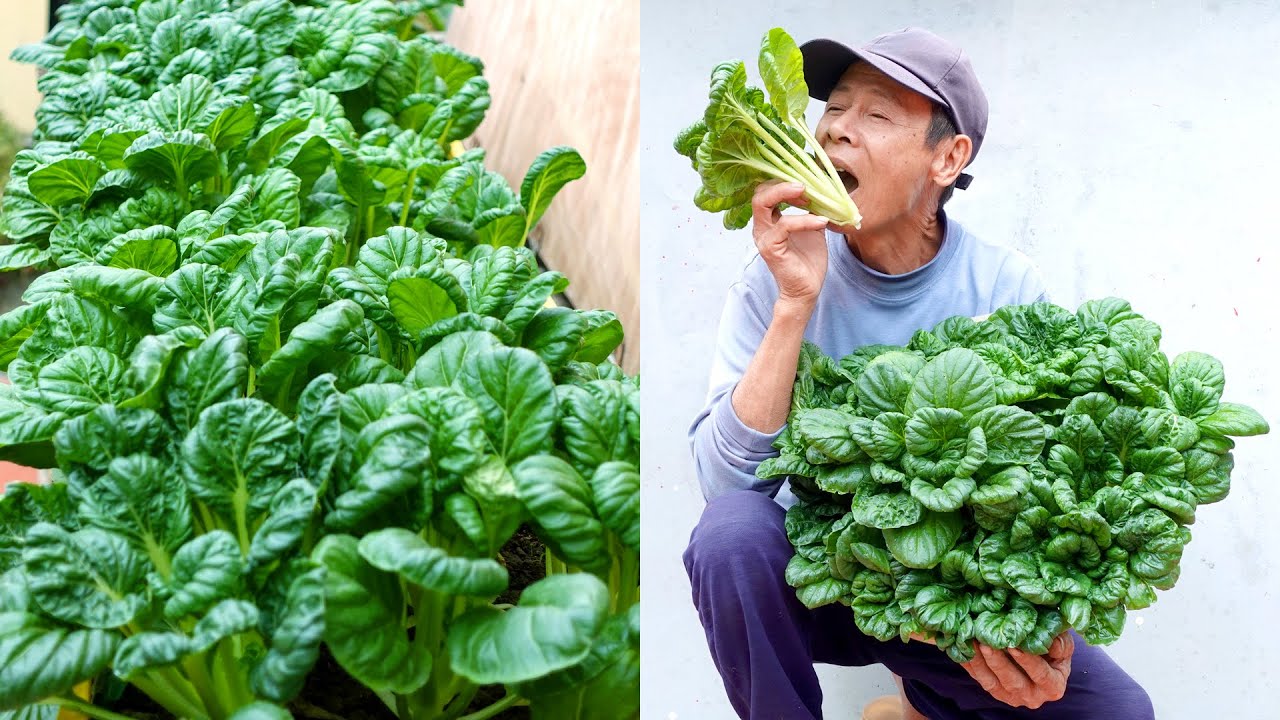★ How to Grow Marigolds from Seed (A Complete Step by Step Guide)
Welcome to our blog post where we will guide you on how to successfully grow marigolds from seed. If you’re a gardening enthusiast like us, you know that marigolds are not only beautiful and vibrant, but also relatively easy to grow. In this complete step-by-step guide, we will share our knowledge and experience to help you transform tiny marigold seeds into a flourishing and colorful garden. So, let’s roll up our sleeves and get started on this exciting journey of growing marigolds together!
How to Grow Marigolds from Seed (A Complete Step by Step Guide)
Introduction
Are you interested in learning how to grow marigold flowers from seed? Look no further! In this comprehensive guide, we will walk you through the step-by-step process of growing beautiful marigolds in your garden. Marigolds are not only pleasing to the eyes but also provide numerous benefits for your plants. Let’s dive in and discover the secrets of successful marigold cultivation.
Companion Planting with Marigolds
Marigolds are an excellent choice for companion planting. They release a strong scent that repels common garden pests like aphids and nematodes. Additionally, marigolds attract beneficial insects such as ladybugs and bees, which can help pollinate your garden and control harmful pests.
Different Varieties of Marigolds
There are various varieties of marigolds, each with distinct colors and heights. Some popular options include French marigolds, African marigolds, and signet marigolds. French marigolds are smaller in size and come in vibrant hues like yellow and orange. African marigolds, on the other hand, are larger and available in shades of gold and yellow. Signet marigolds have delicate foliage and produce beautiful clusters of small, edible flowers.
Edible and Poisonous Marigolds
While marigolds are generally safe to have in your garden, it is essential to be aware of specific varieties that can be toxic if consumed. Calendula marigolds, also known as pot marigolds, are edible and often used in cooking and herbal remedies. However, some marigold varieties, such as the Mexican marigold (Tagetes minuta), contain compounds that can be poisonous and should not be eaten. Always verify the variety you are growing before using marigolds in culinary preparations.
Growing Marigolds from Seed
Marigolds can be grown from seed both indoors and outdoors. Here is a step-by-step guide to help you get started:
-
Choose the Right Seeds: Select marigold seeds of your preferred variety from a reputable source. Ensure the seeds are fresh and have not expired.
-
Prepare the Potting Mix: Fill biodegradable pots or trays with a well-draining potting mix. Moisten the soil lightly to ensure it is damp but not waterlogged.
-
Sow the Seeds: Plant one marigold seed per pot or tray, placing them about half an inch deep into the soil. Cover the seeds with a light layer of soil, gently patting it down.
-
Water Regularly: Water the soil regularly to keep it moist but not saturated. Avoid overwatering, as it can lead to root rot. The soil should never dry out completely.
-
Provide Adequate Sunlight: Place the pots or trays in a sunny spot that receives at least 6-8 hours of sunlight daily. Marigolds thrive in full sun.
-
Germination Process: Germination can take anywhere from a few days to a week. During this period, ensure that the soil remains consistently moist and provide sufficient warmth.
-
Transplanting Seedlings: Once the seedlings have developed a couple of sets of true leaves, they are ready to be transplanted outdoors. Choose a location with well-draining soil and adequate sunlight.
-
Spacing and Soil Preparation: Dig holes that are slightly larger than the root ball of each seedling. Space the marigold plants 8-12 inches apart to allow for proper airflow and growth. Improve the soil by adding organic matter if necessary.
-
Planting Seedlings: Carefully remove the seedlings from their containers and place them in the prepared holes. Backfill the soil around the roots, ensuring the seedlings are planted at the same depth they were in their pots.
-
Watering and Care: After transplanting, water the marigold seedlings thoroughly. Once established, marigolds require regular watering, but be cautious not to overwater. Monitor the soil moisture and water when needed.
-
Deadheading and Pruning: Regularly remove spent flowers (deadheading) to encourage the production of new blooms. Pruning also helps to maintain the shape and size of the plant.
-
Pest and Disease Control: Marigolds are generally hardy plants, but they can occasionally suffer from pests like aphids and caterpillars. Monitor your plants regularly and take appropriate measures to control any infestations.
-
Harvesting Calendula Marigolds: If you are growing calendula marigolds, harvest the flower heads when they are fully open. Dry them in a warm, well-ventilated area before storing them for future use.
Conclusion
Growing marigolds from seed is a fun and rewarding experience. By following our step-by-step guide, you can enjoy the vibrant colors and natural pest control benefits that marigolds provide. Whether you choose to grow them as companions for your other plants or to add beauty to your garden, marigolds are an excellent addition to any green space.
FAQs
-
Can I grow marigolds from cuttings?
No, marigolds are typically grown from seeds rather than cuttings. It is best to start with fresh seeds for successful germination. -
How long do marigold flowers bloom?
Marigold flowers can bloom throughout the summer season and even into early fall, depending on the variety and growing conditions. -
Is it necessary to deadhead marigolds?
Deadheading marigolds is not necessary but recommended. By removing spent flowers, you encourage the plant to produce new blooms. -
Can I save marigold seeds for next season?
Yes, marigold seeds can be saved for future planting. Allow the flowers to fully mature and dry on the plant before collecting the seeds. -
Are marigolds prone to any diseases?
Marigolds are generally resistant to most diseases. However, they can occasionally be affected by fungal pathogens if the soil is too wet or if air circulation is poor.
Please note: All information provided in this article is for educational purposes only. Exercise caution and research specific varieties before consuming marigolds.



